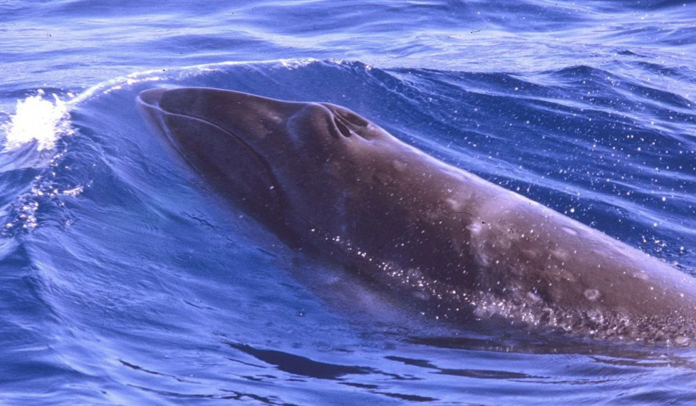After years of contention, researchers have reached a definitive conclusion regarding the evolutionary origins of the pygmy right whale
A recent study published in Marine Mammal Science provides compelling evidence to settle the longstanding debate.
The uniqueness of the pygmy right whale
The pygmy right whale has puzzled scientists due to its distinct characteristics. As the smallest living baleen whale, its tank-like skeleton and enigmatic ecology have added to its intrigue.
Understanding its evolutionary relationships has proven to be a challenge.
Genomic evidence resolves the debate
In a groundbreaking study, an international group of researchers combined genomic sequencing, morphology, and palaeontology to shed light on the evolutionary origins of the pygmy right whale.
Led by Dr Felix Marx, curator of marine mammals at the Museum of New Zealand Te Papa Tongarewa, the team analysed the complete genome of Caperea (the scientific name for the pygmy right whale).
The study revealed that the skull shape of the pygmy right whale is adapted for skim-feeding, a behaviour similar to that of the enormous true right whale.
However, the genomic analysis unequivocally demonstrated that the pygmy right whale is not closely related to right whales, challenging long-held assumptions.
Caperea’s distinct lineage and evolutionary heritage
Dr Marx emphasises that the study’s findings contradict 150 years of anatomical orthodoxy and end decades of dispute.
The genomic evidence unequivocally establishes Caperea as a lineage unrelated to right whales. This discovery highlights the unique position of Caperea as the last surviving member of an ancient group of whales known as cetotheres, underscoring its significance in Earth’s history.
Exploring caperea’s past and adaptations
With the evolutionary position of Caperea in the whale family tree finally confirmed, researchers are excited to delve into the characteristics and evolutionary events that shaped this enigmatic species.
Co-lead author Dr Ludo Dutoit from Otago’s Department of Zoology expresses enthusiasm for uncovering the mysteries surrounding Caperea’s past and understanding the driving forces behind its unique adaptations.
Dr Marx suggests that Caperea’s survival may be attributed to its ability to adapt to skim filter feeding, a specialised feeding strategy that sets it apart from its relatives.
This pattern echoes the survival of other species, such as river dolphins and sperm whales, which have also thrived by embracing unconventional habits to evade extinction.
Decades long debate about evolutionary origins of whale ends
The publication of this study ends a decades-long debate about the evolutionary origins of the pygmy right whale.
The combination of genomic analysis, morphology, and palaeontology has provided conclusive evidence, establishing Caperea as a distinct lineage and shedding light on its fascinating evolutionary heritage.
This breakthrough opens up new avenues for exploring Caperea’s past and understanding the factors that shaped its evolution.











